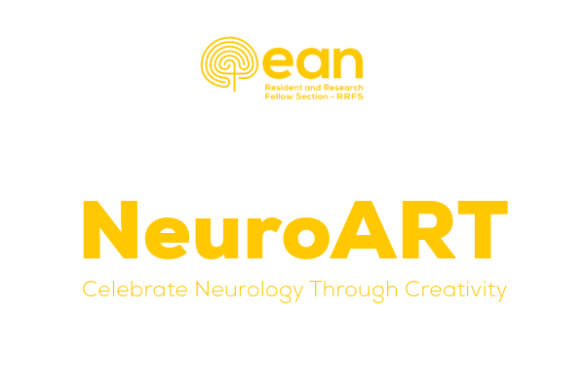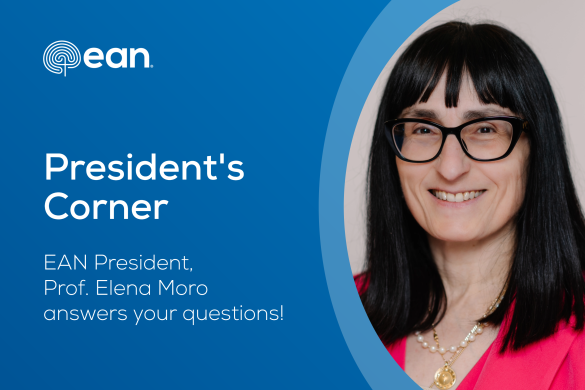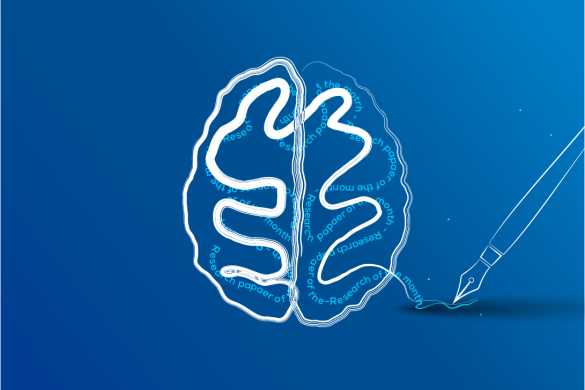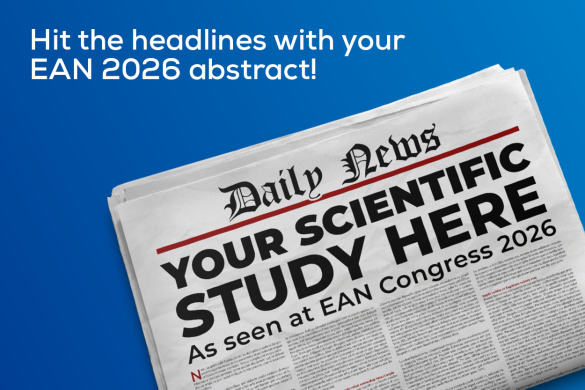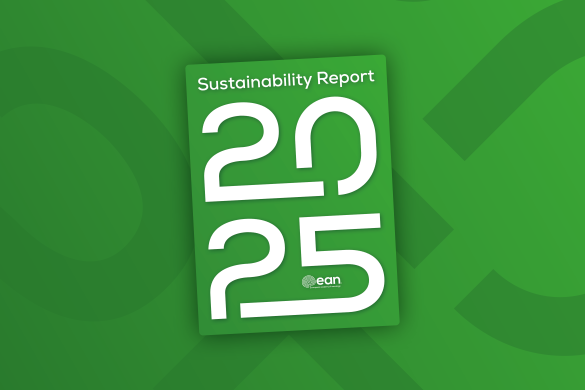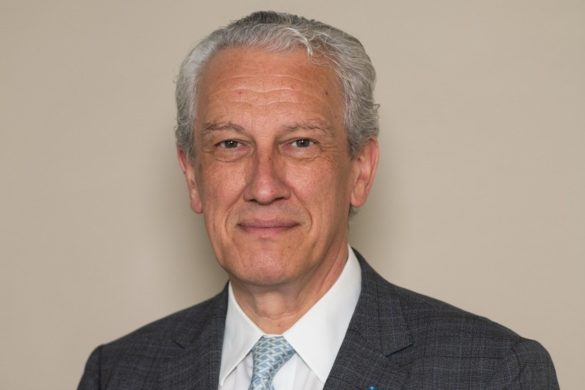by Raphael Wurm and Agne Straukiene
Each month the eanNews editorial team reviews the scientific press for recently published papers of outstanding interest to neurologists. Below we present our selection for November 2025.
For our Paper of the Month, go here: Research Paper of the Month: A Randomized Trial of Shunting for Idiopathic Normal-Pressure Hydrocephalus – eanNews
Markers of inflammation and lipid metabolism predict stroke decades in advance | Lancet Neurol
This prospective, longitudinal analysis of the Women’s Health Study examined the 30-year stroke risk associated with baseline biomarkers in 27,939 healthy women (median age 53). Over a median follow-up of 27.7 years, 1,345 stroke events occurred. Women in the highest quintile of high-sensitivity C-reactive protein (hsCRP) showed a significantly increased risk for ischaemic stroke (HR 1.56; 95% CI 1.22–1.99) compared to the lowest quintile. High lipoprotein(a) was also associated with an elevated risk of ischaemic stroke (HR 1.27; 95% CI 1.05–1.55). In the multivariable-adjusted analysis, high LDL cholesterol alone was not significantly associated with ischaemic stroke risk (HR 1.17; 95% CI 0.95–1.45). A combination of all markers unsurprisingly showed the strongest association, with an HR of 1.79 (95% CI 1.23–2.61) when comparing the highest to the lowest quintile. None of the biomarkers correlated with haemorrhagic stroke risk, suggesting that early screening for hsCRP and lipoprotein(a), alongside LDL, may improve primary stroke prevention strategies.
Read the full paper: High-sensitivity C-reactive protein, LDL cholesterol, lipoprotein(a) and 30-year risk of stroke in healthy women: a prospective, longitudinal cohort study – The Lancet Neurology
General anaesthesia outperforms light sedation for endovascular thrombectomy | JAMA Neurol
The choice of anaesthesia during stroke thrombectomy is a topic of ongoing debate. This randomised, prospective trial included 260 patients across ten different sites in the US. Patients had a large vessel occlusion and were randomised 1:1. The primary outcome was the ordinal modified Rankin Scale (mRS) score at 90 days. The results showed a shift in the mRS distribution favouring the GA group (odds ratio [OR], 1.22; 95% credible interval [CrI], 0.79-1.87), with the analysis indicating an 81% posterior probability of GA superiority for this outcome. Furthermore, GA was associated with a higher probability of achieving functional independence (90-day mRS 0-2) (89% probability of superiority; relative risk [RR], 1.2) and successful reperfusion (69% probability of superiority; RR, 1.01). Symptomatic intracerebral haemorrhage was also numerically lower in the GA arm (0.8%) compared to the sedation arm (2.4%). Notably, time intervals from door to reperfusion were almost identical in two groups. This trial provides new evidence that in the presence of optimised workflows, GA appears superior to light sedation for stroke thrombectomy, perhaps owing to a reduced cerebral metabolism.
Read the full paper: Sedation vs General Anesthesia for Endovascular Therapy in Acute Ischemic Stroke: The SEGA Randomized Clinical Trial | Anesthesiology | JAMA Neurology | JAMA Network
Candesartan as a prevention for migraine | Lancet Neurol
Effective preventive medications for migraine are rare and often costly. Building on signals from smaller trials, this phase 2, randomised, triple-blind, placebo-controlled trial evaluated the angiotensin receptor blocker candesartan. The study included 457 adults (86% female, mean age 38.7 years) experiencing a mean of 5.7 migraine days at baseline. Participants were randomised 1:1:1 to receive candesartan 16 mg/8mg/placebo daily for 12 weeks. The primary endpoint was the change in mean migraine days per 4 weeks. The 16 mg group saw a reduction of 2 days (95% CI 1.65–2.41; p<0.0001), while the placebo group saw a reduction of 0.82 days (95% CI 0.38–1.23; p=0.0003). The difference between the candesartan 16 mg group and placebo was –1.22 days (95% CI –1.75 to –0.70; p<0.0001). Treatment was generally well tolerated. Dizziness was reported by 30% of participants compared to 13% in the placebo group. Serious adverse events were reported in 3% of the candesartan 16 mg group and 1% of the placebo group, with discontinuation rates due to adverse events being identical (3% in both groups).
Read the full paper: Candesartan versus placebo for migraine prevention in patients with episodic migraine: a randomised, triple-blind, placebo-controlled, phase 2 trial – The Lancet Neurology
Creative experiences and brain clocks | Nat Commun
This study explores how long-term engagement in creative domains such as dance, music, visual arts, and video games relates to brain ageing. The authors used EEG/MEG data from 1,240 participants to build “brain clocks” that estimate a person’s brain-age‐gap (difference between brain and chronological age). They then compared groups of expert creatives and matched non-experts (N = 232) and found that greater creative experience was associated with a delayed brain age, especially in frontoparietal brain hubs vulnerable to ageing. Using graph theory and biophysical modelling, they showed that higher local efficiency and enhanced biophysical coupling in key networks could explain this effect. The results suggest a domain-independent link between creativity and preserved brain health. While the dataset is large and multimodal, the cross-sectional design limits causal inference and the work exclude other brain-age moderators such as physical exercise or vascular risk.
Read the full paper: Creative experiences and brain clocks | Nature Communications





